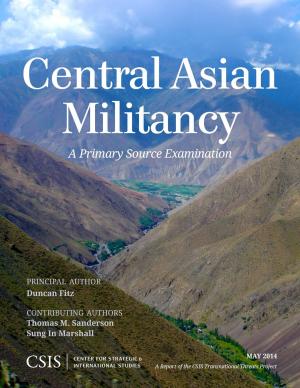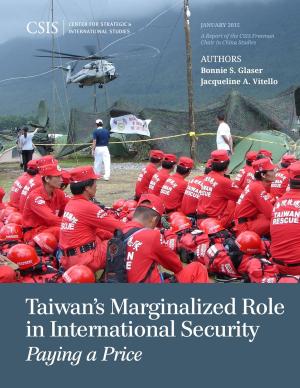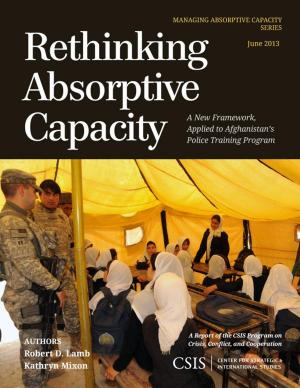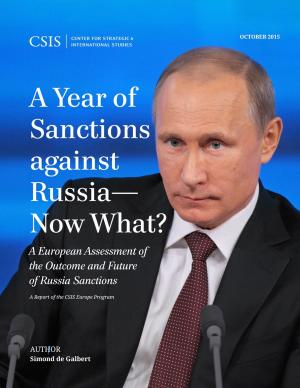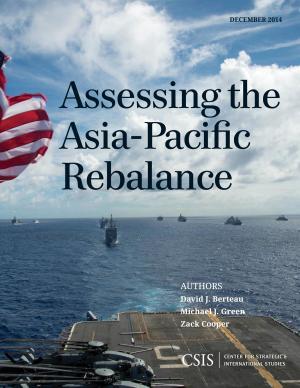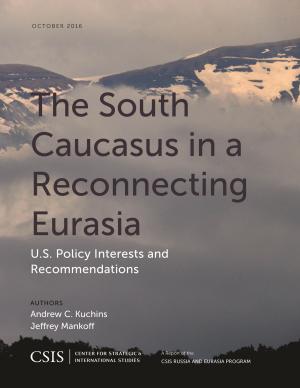Afghanistan and Its Central Asian Neighbors
Toward Dividing Insecurity
Nonfiction, Social & Cultural Studies, Political Science, International, International Security| Author: | Ivan Safranchuk | ISBN: | 9781442280182 |
| Publisher: | Center for Strategic & International Studies | Publication: | June 26, 2017 |
| Imprint: | Center for Strategic & International Studies | Language: | English |
| Author: | Ivan Safranchuk |
| ISBN: | 9781442280182 |
| Publisher: | Center for Strategic & International Studies |
| Publication: | June 26, 2017 |
| Imprint: | Center for Strategic & International Studies |
| Language: | English |
The general trend in Afghanistan is clear-cut: the overall security situation has consistently deteriorated since 2009, worsening dramatically since 2014. However, in the provinces of Afghanistan adjacent to Central Asia, the security situation has deteriorated even further than in Afghanistan as a whole. This report considers the range of options available to the Central Asian neighbors of Afghanistan (Tajikistan, Turkmenistan, and Uzbekistan) in responding to this growing threat, both unilaterally and in their bilateral engagement with actors in Afghanistan. Furthermore, it considers how decision making processes in Central Asia will be affected by future developments in Afghanistan by assessing options and likely outcomes under a set of security scenarios in Afghanistan itself.
The general trend in Afghanistan is clear-cut: the overall security situation has consistently deteriorated since 2009, worsening dramatically since 2014. However, in the provinces of Afghanistan adjacent to Central Asia, the security situation has deteriorated even further than in Afghanistan as a whole. This report considers the range of options available to the Central Asian neighbors of Afghanistan (Tajikistan, Turkmenistan, and Uzbekistan) in responding to this growing threat, both unilaterally and in their bilateral engagement with actors in Afghanistan. Furthermore, it considers how decision making processes in Central Asia will be affected by future developments in Afghanistan by assessing options and likely outcomes under a set of security scenarios in Afghanistan itself.




